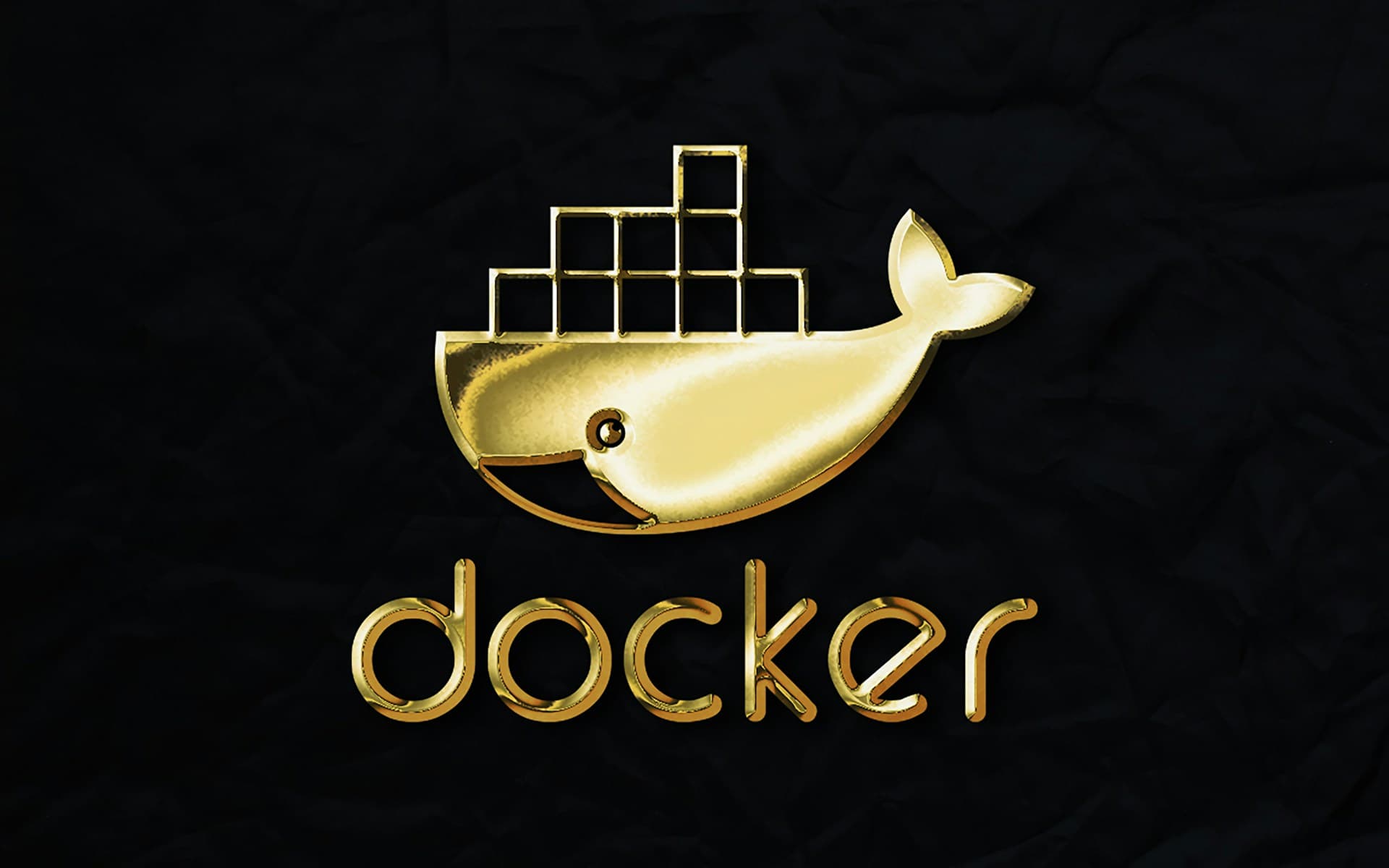
DevOps is a set of practices that combines software development (Dev) and IT operations (Ops). It aims to shorten the systems development life cycle and provide continuous delivery with high software quality.
Why DevOps Matters
In today's fast-paced digital world, organizations need to deliver software quickly and reliably to stay competitive. DevOps helps achieve this by:
- Breaking down silos between development and operations teams
- Automating repetitive tasks
- Implementing continuous integration and continuous delivery (CI/CD)
- Fostering a culture of collaboration and shared responsibility
Key DevOps Practices
Some of the key practices in DevOps include:
- Continuous Integration (CI): Developers regularly merge their code changes into a central repository, after which automated builds and tests are run.
- Continuous Delivery (CD): The process of automating the delivery of applications to selected infrastructure environments.
- Infrastructure as Code (IaC): Managing and provisioning infrastructure through code instead of manual processes.
- Monitoring and Logging: Collecting and analyzing data and logs to understand how application and infrastructure performance impacts the user experience.
- Communication and Collaboration: Strong emphasis on cross-team communication and collaboration.
Getting Started with DevOps
Assessment and Planning
Before implementing DevOps practices, consider these initial steps:
- Assess your current software delivery process and identify bottlenecks
- Start small with a pilot project
- Implement version control for all production artifacts
Implementation Steps
Once you have a plan in place, focus on:
- Automate your build and deployment processes
- Implement monitoring and feedback loops
- Foster a culture of continuous improvement
DevOps is not just about tools and technologies; it's also about culture and mindset. Successful DevOps implementation requires a shift in how teams think about their work and how they collaborate with others.
DevOps Tools and Technologies
The DevOps ecosystem includes a wide range of tools that support different aspects of the software delivery lifecycle. Here's an overview of the major categories:
Version Control Systems
These tools help track and manage changes to code and configuration files, enabling collaboration among developers:
- Git: Distributed version control system that tracks changes in source code during software development
- GitHub: Web-based hosting service for Git repositories with additional collaboration features
- GitLab: Web-based DevOps lifecycle tool that provides a Git repository manager
- Bitbucket: Git repository management solution designed for professional teams
CI/CD Tools
These tools automate the process of building, testing, and deploying applications:
- Jenkins: Open-source automation server that enables developers to build, test, and deploy their software
- GitLab CI: Integrated CI/CD service included with GitLab
- CircleCI: Cloud-based CI/CD service that automates the software development process
- GitHub Actions: CI/CD platform that allows automation of workflows based on GitHub events
- Azure DevOps: Microsoft's suite of DevOps services
DevOps Maturity Model
Organizations typically progress through different levels of DevOps maturity. Understanding where you are in this journey can help you plan your next steps effectively.
| Aspect | Short-Term Gain | Long-Term Cost |
|---|---|---|
| Faster Development | Quick product launch | More bugs and inefficiencies |
| Ignoring Best Practices | Reduced initial cost | Higher maintenance costs |
| Using Outdated Tech | No immediate changes | Future compatibility issues |
Technical Debt Considerations
While DevOps helps reduce technical debt by encouraging continual improvement, it's important to balance speed with best practices. The table above illustrates common trade-offs teams face and their impact.
Common DevOps Challenges
While DevOps offers numerous benefits, organizations often face challenges during implementation:
Cultural Resistance
Perhaps the biggest challenge in DevOps adoption is overcoming cultural resistance. Teams accustomed to working in silos may struggle with the collaborative nature of DevOps. Leaders must actively promote a culture of shared responsibility and continuous improvement.
Technical Debt
Legacy systems and accumulated technical debt can impede DevOps adoption. Organizations need to balance addressing technical debt with delivering new features. Gradual modernization approaches like the strangler pattern can help manage this challenge.
Skill Gaps
DevOps requires a broad skill set that spans development, operations, security, and more. Organizations often face skill gaps when transitioning to DevOps. Investing in training, hiring for DevOps skills, and partnering with experienced providers can help address this challenge.
DevOps and Security
Security is a critical aspect of DevOps, leading to the emergence of DevSecOps—an approach that integrates security practices within the DevOps process. Key principles include:
- Shift Left Security: Integrating security earlier in the development lifecycle
- Automated Security Testing: Implementing automated security scans and tests in the CI/CD pipeline
- Security as Code: Managing security policies and configurations as code
- Continuous Compliance Monitoring: Automatically verifying compliance with security policies and regulations
By embedding security throughout the DevOps lifecycle, organizations can deliver secure applications without sacrificing speed or quality.
The Future of DevOps
As technology continues to evolve, so does DevOps. Several trends are shaping the future of DevOps:
GitOps
GitOps uses Git as a single source of truth for declarative infrastructure and applications. Changes to the desired state are made through pull requests, which can be reviewed, approved, and audited. This approach enhances collaboration, security, and auditability.
AIOps
Artificial Intelligence for IT Operations (AIOps) applies machine learning and data science to automate IT operations processes. AIOps can help detect anomalies, predict potential issues, and recommend remediation actions, enabling more proactive operations management.
Platform Engineering
Platform engineering focuses on building and maintaining the platforms that developers use to build, test, deploy, and run applications. By providing self-service capabilities and abstraction layers, platform engineering teams enable developers to focus on creating business value rather than wrestling with infrastructure complexities.
As DevOps continues to mature, organizations that embrace these evolving practices will be well-positioned to deliver high-quality software at the speed that today's business environment demands.
Related Articles

Implementing GitOps: Declarative Infrastructure and Continuous Delivery with ArgoCD
Discover how GitOps revolutionizes Kubernetes deployments by leveraging Git as the single source of truth. Learn how to implement production-grade GitOps workflows with ArgoCD to achieve automated, auditable, and reliable continuous delivery pipelines.

CI/CD Pipeline Best Practices for Modern Development Teams
Continuous Integration and Continuous Delivery (CI/CD) are essential practices for modern software development. Learn the best practices for implementing effective CI/CD pipelines.

Enterprise-Grade Docker: Production Hardening and Optimization Techniques
Master production-ready containerization with battle-tested Docker best practices. Learn advanced security hardening, performance optimization, resource governance, and orchestration strategies derived from real-world enterprise deployments.